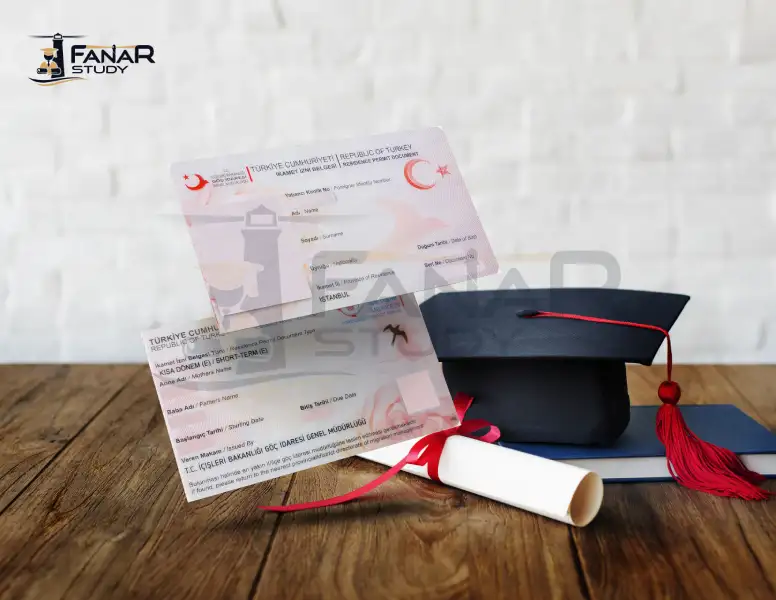As you know, education in universities begins in the morning and usually lasts until 5 pm.
However, some universities can offer evening education outside these hours.
To emphasize that they provide this education, the word secondary education is used for the evening classes.
The fact that grades are slightly lower for students has led to During the study, the interest in secondary education increased significantly.
There are a number of candidates who see the departmental second education option as an alternative process for education options
What is the second education, is it written on the diploma? What are the differences between formal and secondary education?, How are the second education hours?
What is the second education and what is not?
Secondary education means that at some universities associate, undergraduate and postgraduate education is usually offered in the evening hours outside of official teaching hours.
Secondary and primary education courses are the same and are usually taught by the same teachers.
When you graduate, there is no difference between diplomas, and there is no such thing as a "second formal education" in your degree.
If we come to the question of whether you can attend the first educational courses in second education, if you get permission from your teacher, you can also attend the first educational courses.
Entry and exit times for secondary education courses generally range from 5 AM to 11 PM. However, it is also common for classes to start around 3pm and end early.
You will prefer the second education just like the first education sections. For this, you will see the second educational statement next to the department and send the department code to ÖSYM when you announce your preference.
Since the lessons of second education students are outside working hours, the lecturers receive an additional fee for overtime.
As such, due to additional costs, students are charged for each tuition fee per semester.
Students who enter the top ten percent of their class in terms of success from the Second Education Diploma programs and move on to the following year can move to the First Education Diploma programs within the class.
What you need to know about secondary education at university
- Formal education versus second education
- School entry and exit times, ie lesson hours, are different.
- The tuition fee is much higher than the formal tuition fee.
- Their grades are lower than those of formal education.
- The attendance requirements for the Second Education Departments are the same as the attendance requirements for the First Education Departments. There is no difference.
- Lessons are taught by the same teachers.
- The diploma degree is the same in both existing teachings.
- The number of cycles is the same. There is no difference in the quality of education.
What does eo mean ? What is the difference between secondary education and primary education? do you prefer?
As is well known, university education generally begins in the morning and ends around five in the evening. However, some universities can give lectures after 5 pm outside these specified hours. In order to emphasize this education provided, the evening classes (evening education) have been termed secondary education.
The interest in secondary education, suitable for those who want to work while studying at university, and for students with slightly lower grades, is growing day by day.
What is secondary education in universities?
In many institutions of higher education, departments equivalent to bachelor's degree programs and associates provide education outside of formal education hours. This type of education, which takes place outside formal school hours, usually takes place on weekends or in the evenings. Secondary education students pay more tuition fees than formal education students. However , in the diploma of a graduate of secondary education, there is no statement about secondary education.
EL is the teaching time option offered to different departments of higher education institutions and means secondary education. University students can work during the day on weekdays with a second education option offered specifically for those who wish to work and study at the university during the week. Generally, secondary education courses are officially held on weekends and in the evenings on weekdays.
What are the features of secondary education and the differences from primary education?
The differences between primary and secondary education are not just about the amount of points and fees. Secondary education has both positive and negative sides. It is a common misconception among students that the financial situation of secondary education students is better
The main differences between secondary education and primary education are as follows
To clarify the difference between morning and evening education in Turkish universities:
Different course hours
Classes for primary school students usually start at 09:00 in the morning. The last lesson ends at 17:00 at the latest. Although course hours vary between universities, they are mostly this way.
Secondary education students usually start at 13.00 in the afternoon. The last lesson ends at 22:00 at the latest. In addition, it is stated in the regulation set by YÖK that high school students can also take classes on the weekends. Secondary education students can attend classes on weekends, although this is rare, at the discretion of teachers.
Tuition fees
After the difference in course hours between primary and secondary school students, the most obvious difference is the tuition fees.
First education students do not pay tuition fees during the normal term of their departments. However, students who extend their studies must pay the tuition fees specified for the first education for the extended period.
Secondary education students pay tuition fees for all semesters.
Education difference
There is not much difference between primary and secondary education except for tuition fees and course hours. Even students studying primary education consciously prefer secondary education in order to work part-time during the day.
There is no difference in the courses that primary and secondary school students take. With exceptions, the same lecturers attend both courses.
Diploma teams
When a second education student graduates, there is no statement about the type of education in their degree. Diplomas of formal education and diplomas of secondary education are offered in the same way.
Enjoying rights on campus
High school students and elementary school students receive instruction in combined classrooms. There is no discrimination.
According to the principle of "equality in education", students are given food in an appropriate period of study hours in institutions with secondary education programmes.
Is secondary education preferred?
One of the most common questions students ask during the selection process is whether a secondary education is preferred. Although it makes students think, the second education, which has its advantages and disadvantages, is not very different from the first.
The most important and obvious differences are points, course hours, and tuition fees. Additionally, high school students cannot qualify for contribution credits (fee).
Apart from all this, one of the most important issues for students who are considering choosing a secondary education is transportation. It is important that you do not have problems with transportation to school for classes that finish late in the evening. At the same time, night or evening education is an indispensable feature for students who have trouble sleeping and do not like to go to class in the morning i.e. morning education.
Differences between morning and evening education in Turkish universities
Evening students may stay away from the various activities that take place at the university because they are often not always available during daylight hours.
Evening education students can work during the day on weekdays with a second education option specially offered for those who wish to work and study at the university during the week
In general, evening education classes are formally held on the weekends and in the evenings on the weekends.
We use our own cookies to improve the experience of accessing the information you are looking for. By continuing to use our site, we will assume that you are satisfied with privacy policy
Let Us Contact You
To help you choose your major



